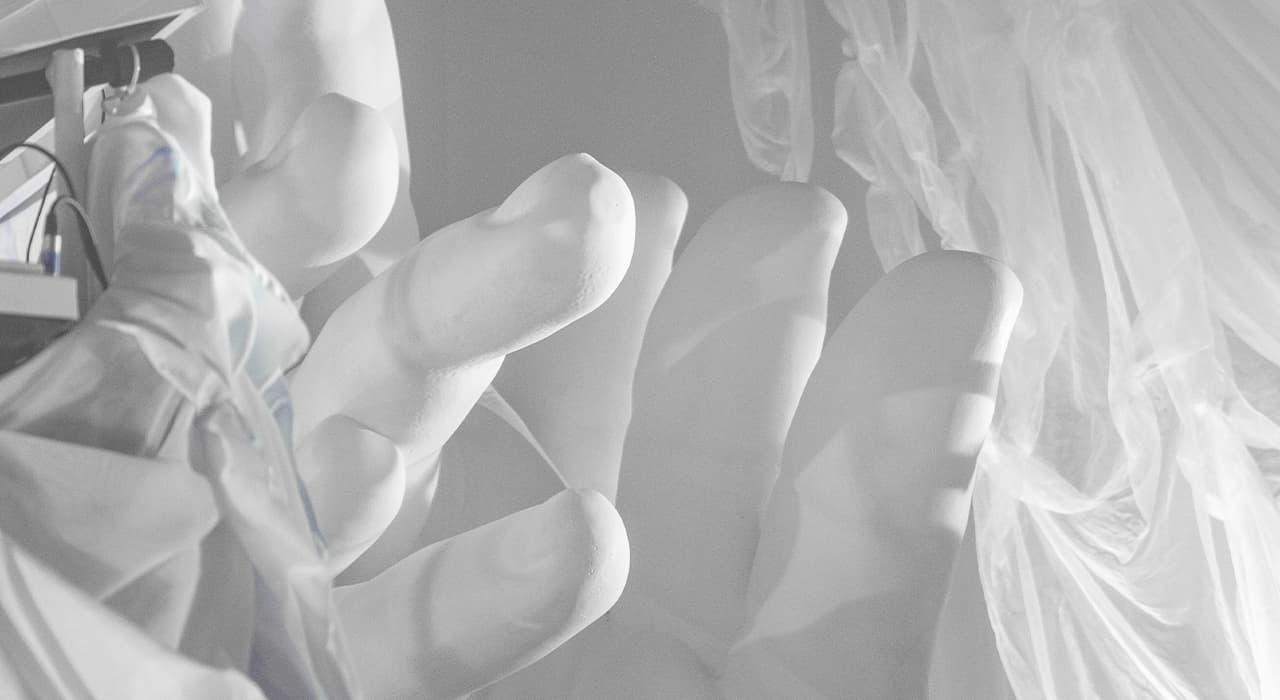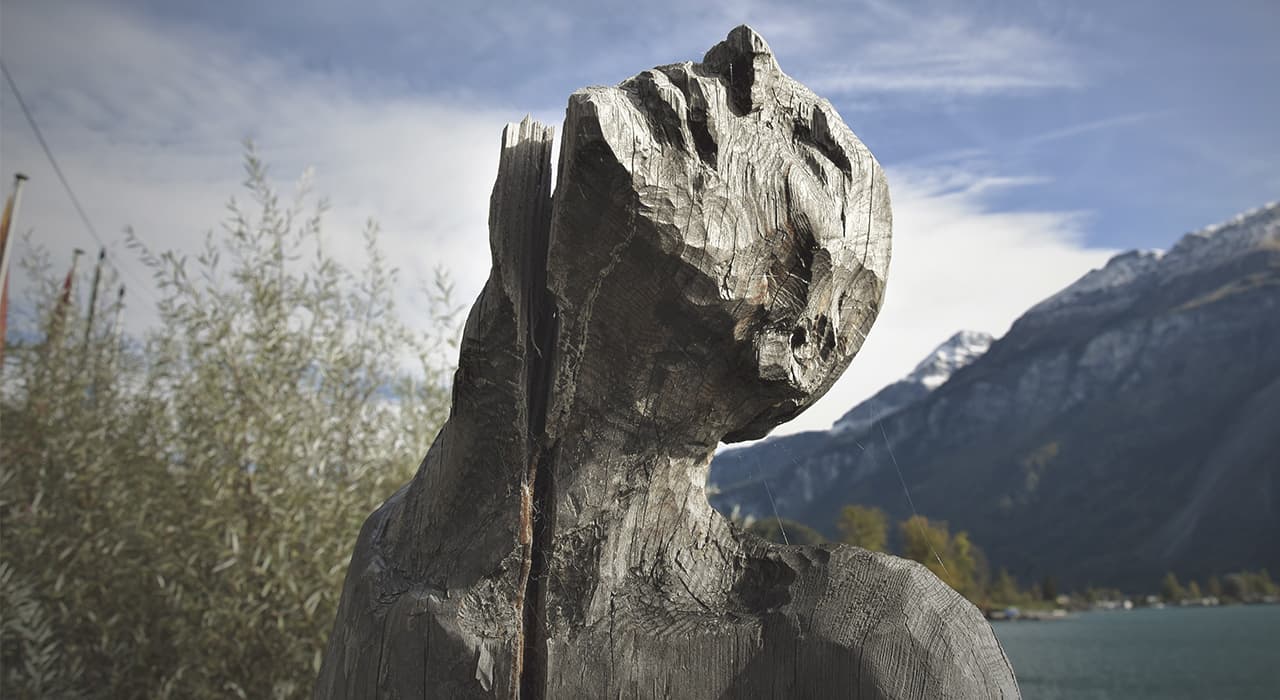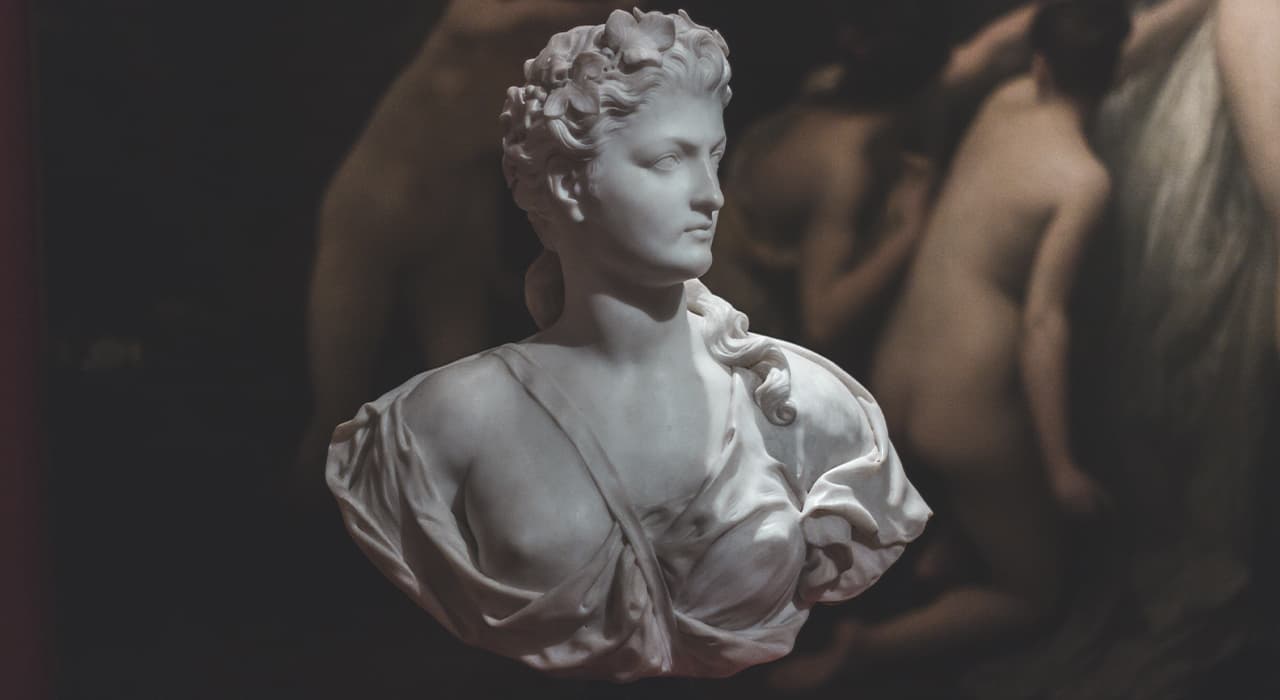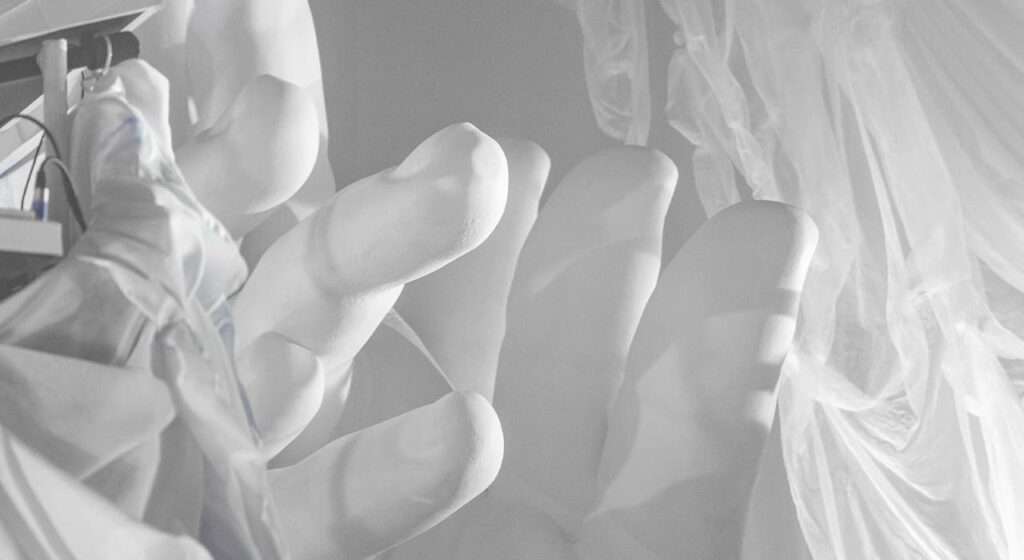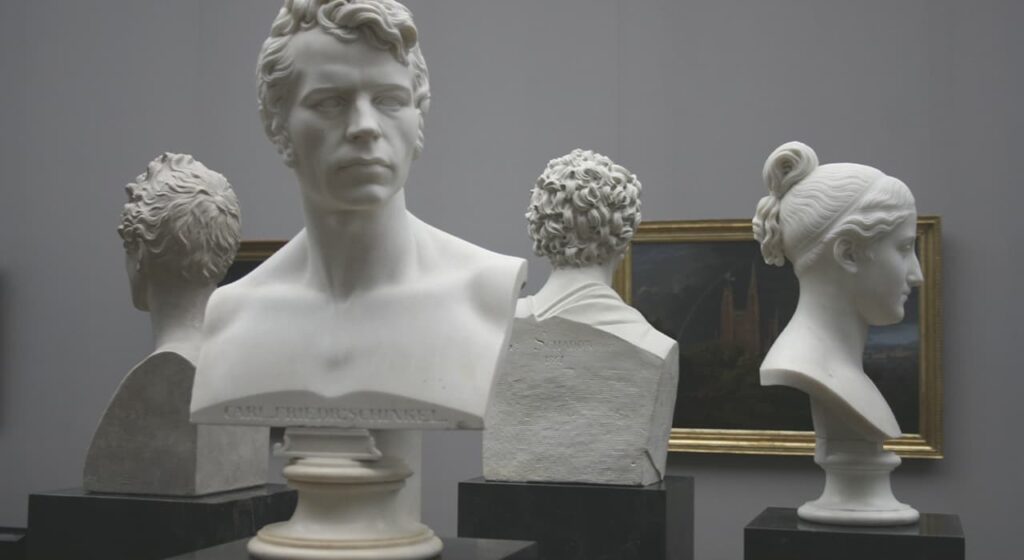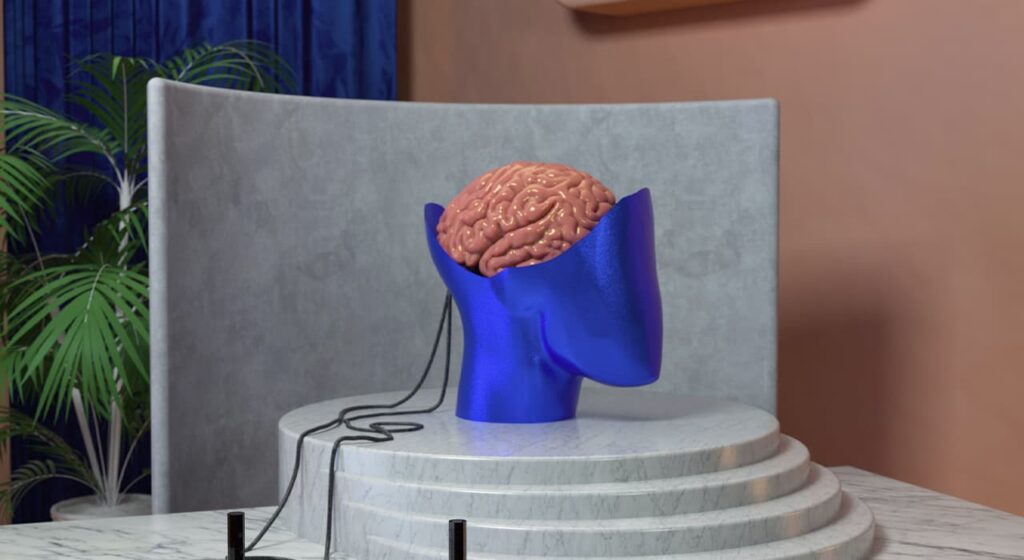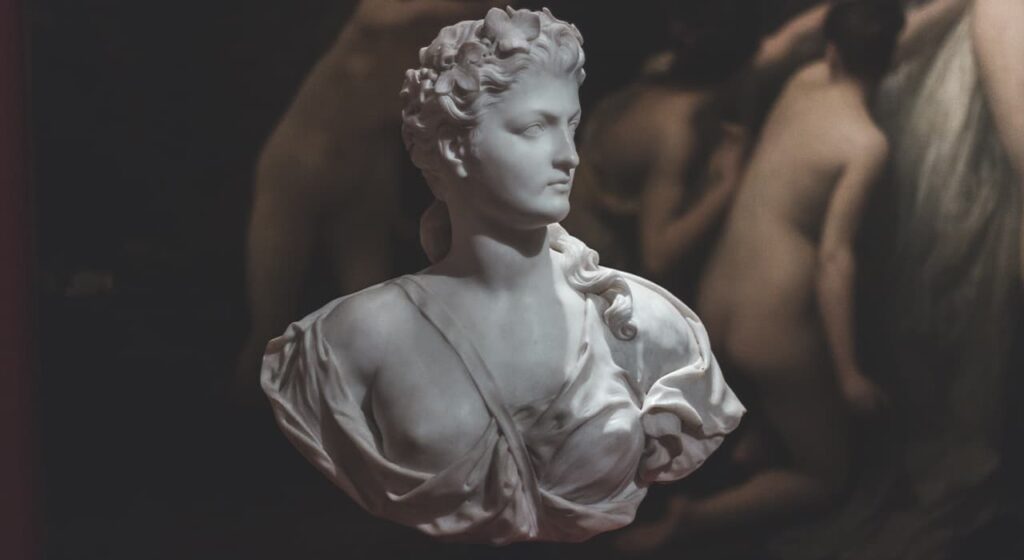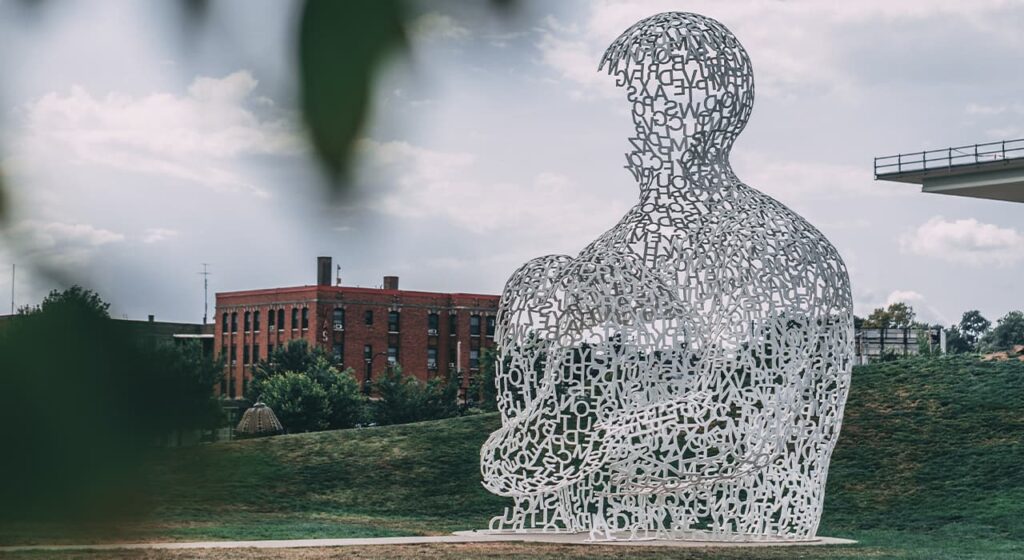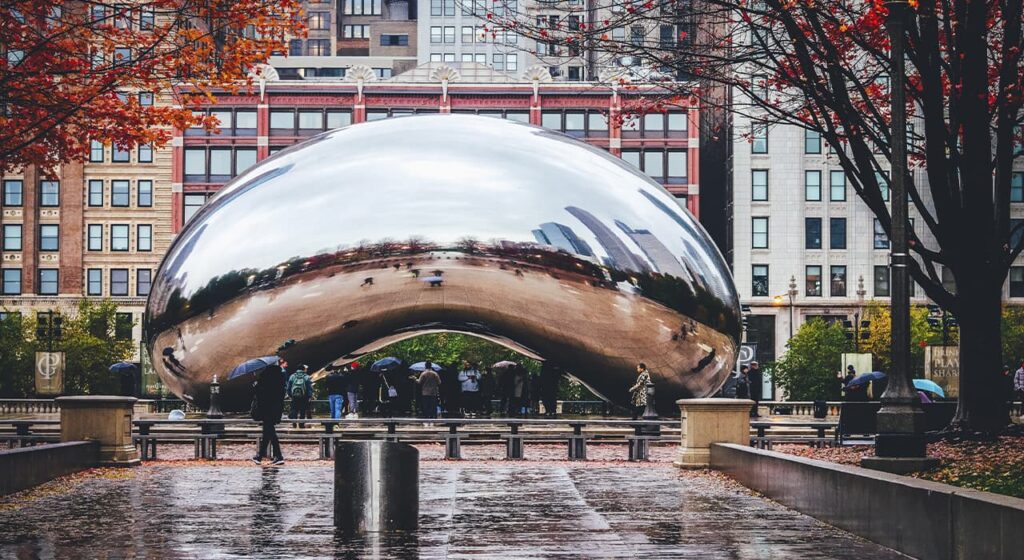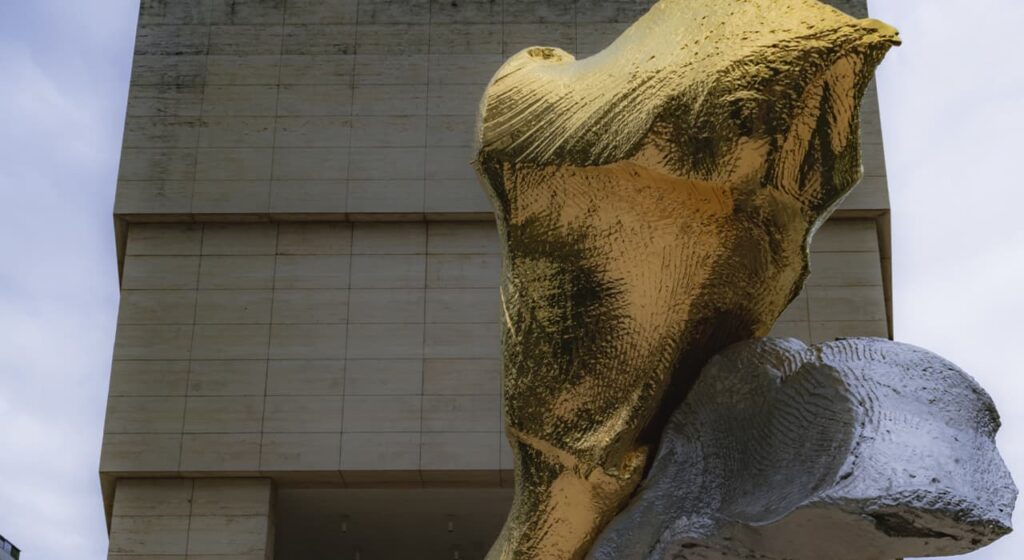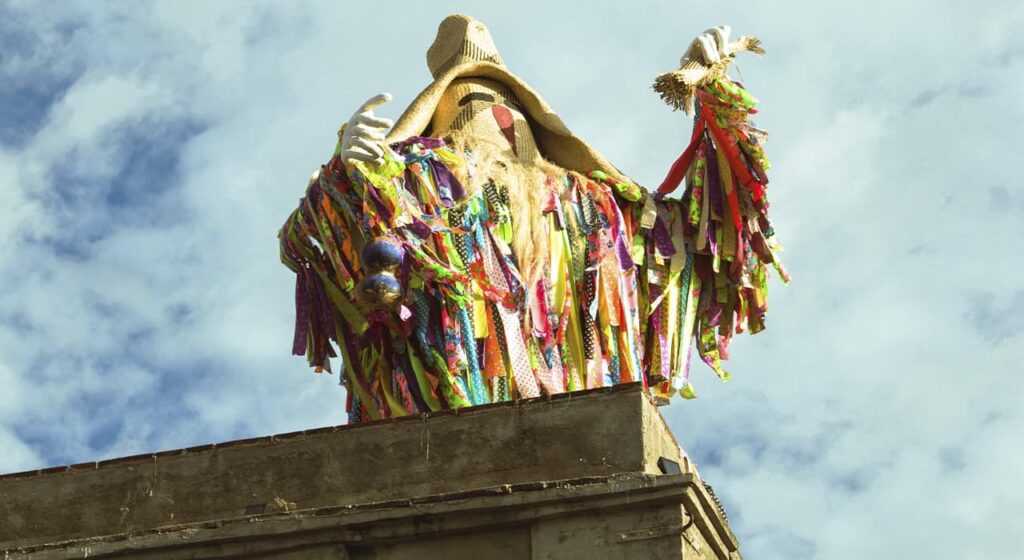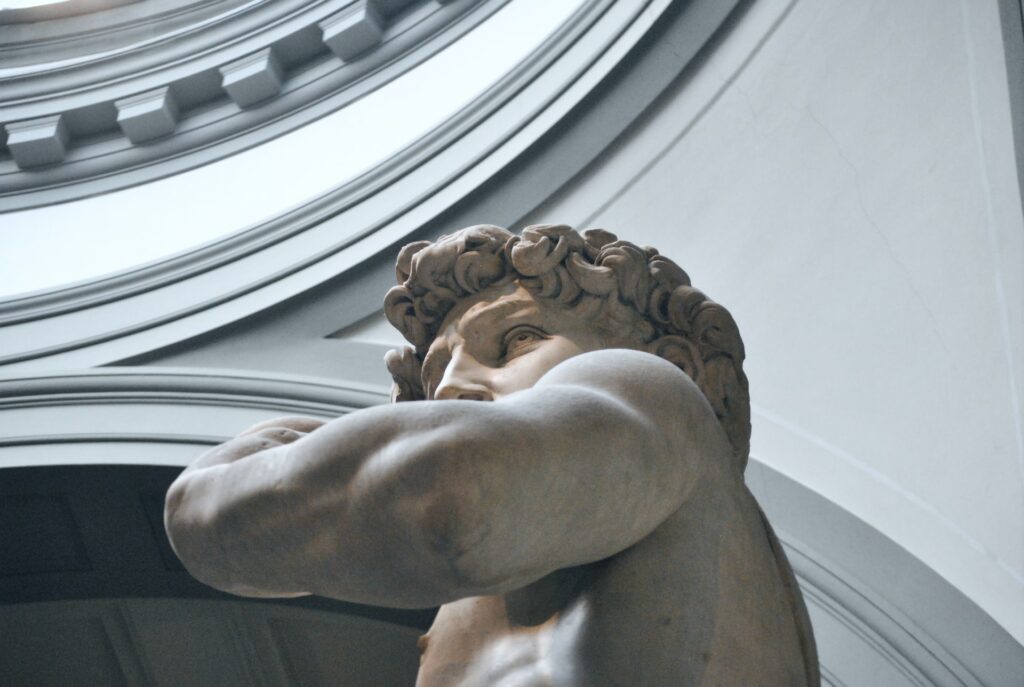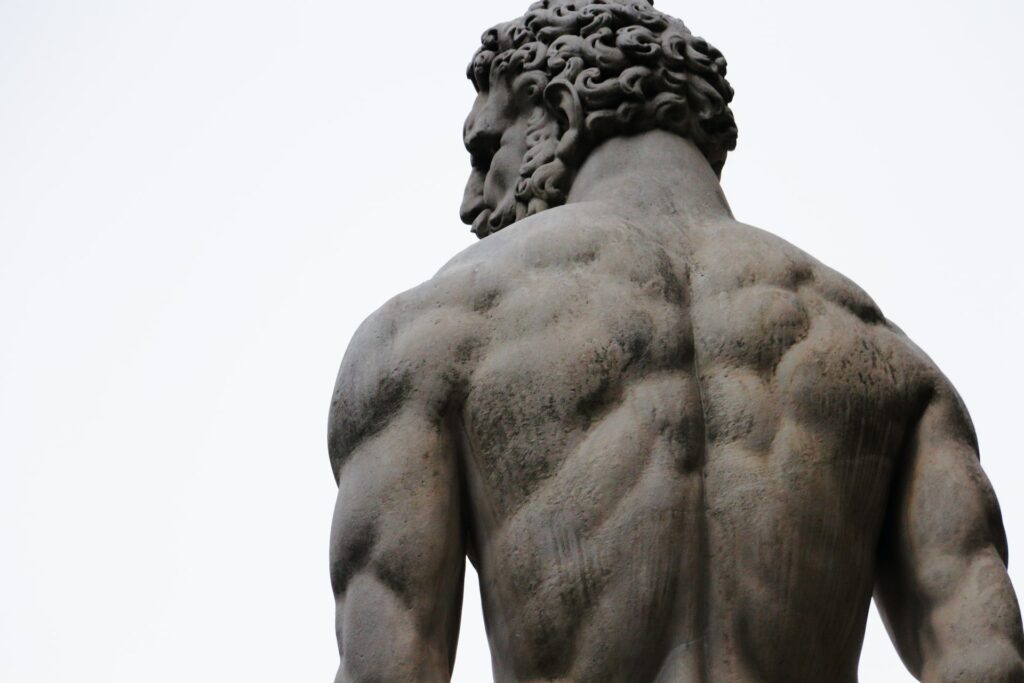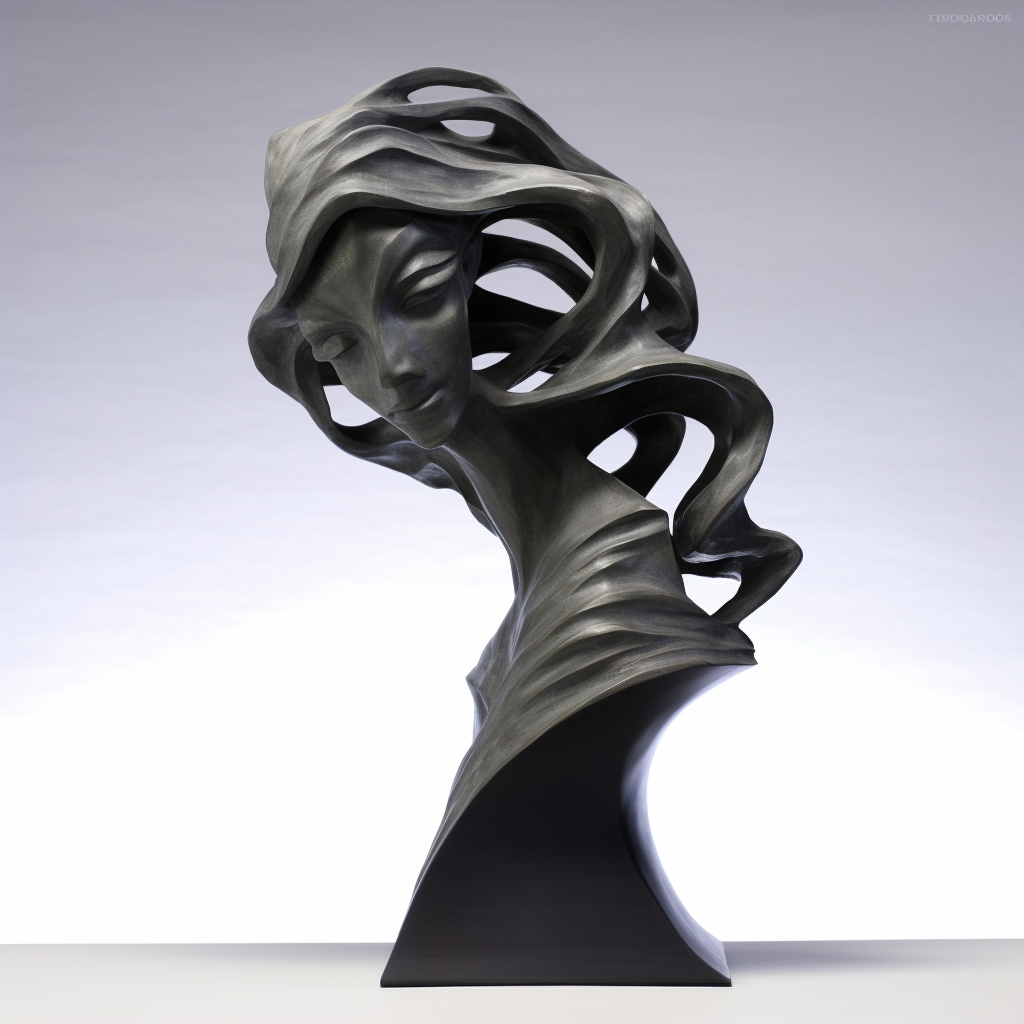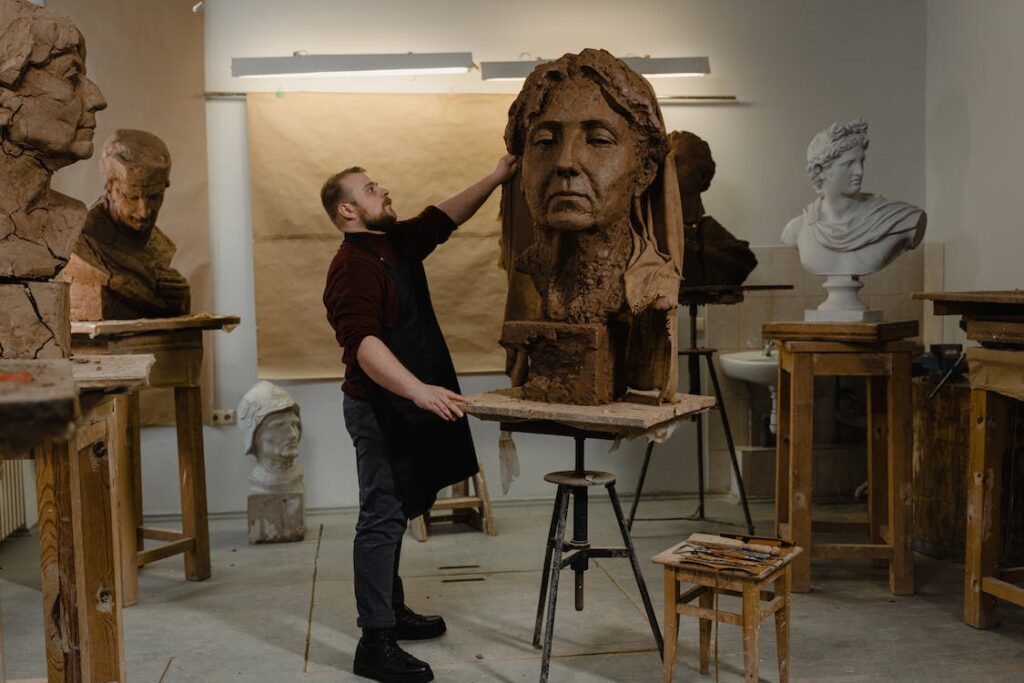Its history and stylistic development belong to Western art itself. It was a key indicator of the cultural achievements of...
Contemporary Sculpture – Directions
Contemporary art is trying to shock, trying to give art back its emotional function. One can hardly come out of almost any contemporary art gallery indifferent. All art objects are...
Sculpture and shapes
The original accelerated development of sculpture was given by the same modern architecture, the principles of which were the management of free space and light with the help of the...
Current Trends
Back in 1971, renowned art critic Linda Nochlin asked, "Why were there no great female artists?" - and devoted an entire essay to it that became famous.
What is CryptoArt?
Crypto-art is digital art, which is valued like physical art because of the possibility of confirming ownership of it.

